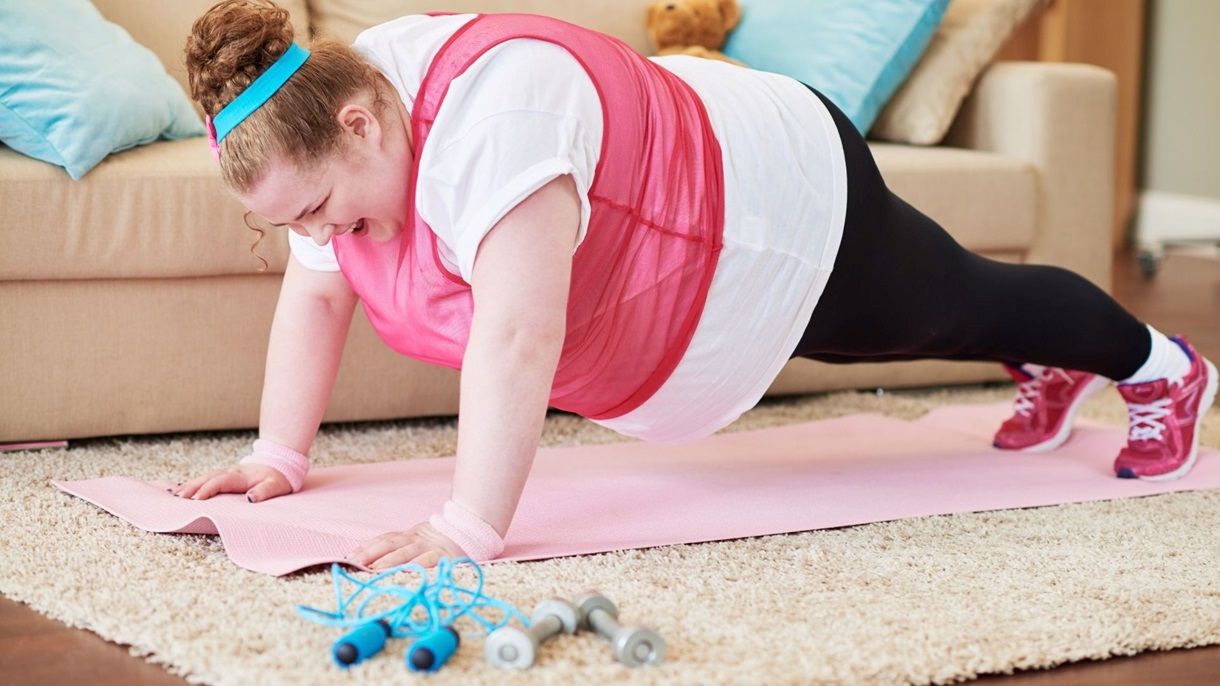
The weight loss surgery is a great tool for those who are struggling with obesity and the health conditions that come along with it. The surgery can cause many changes to your body, so you need to be educated on how to best exercise after weight loss surgery. Here are some tips on what you should know before beginning any exercise regimen.
What do you need to know about exercise after weight loss surgery?
It is important to be physically active right after surgery and for the rest of your life. This will help you maintain good health even though your body has changed because of the operation. This section will tell you what you should know about exercise and physical activity after weight loss surgery.
It is important to get advice from your doctor or surgeon about how much exercise you can do, the types of activities that are safe for you, and how soon to expect results. You may get information from other people who have had weight loss surgery, but these individuals are not medical professionals and cannot give you a complete picture of what to expect. Your doctor or surgeon can tell you more about the possible benefits and risks of exercise after surgery.
Learn more: Exercise After Gastric Bypass Surgery.
What are the best exercises post-bariatric surgery?
1. Walking
Walking is an excellent exercise, and it’s free. It’s low-impact and easy on the joints like your hips and knees. Walking for 30 minutes after surgery can help you heal faster, decrease your chance of infection, ease postoperative pain, strengthen your heart and lungs, lower stress levels, improve moods, relieve constipation, and boost self-esteem.
2. Swimming
Swimming is a great full-body workout that’s gentle on your joints. It works all the muscles in your body, and it only uses the resistance of water. In deep water, you don’t have to worry as much about balance as you would on land. Your risk for injury from falling is also much lower.
3. Pilates
Pilates is a good option for you since it’s low impact and helps to strengthen your core muscles which are needed after surgery. Pilates also helps you develop an awareness of your body in space, builds muscle strength, improves flexibility, and can help with pelvic floor rehabilitation.
4. Stationary cycling
Gentle cardio is a good way to get your heart rate up and burn calories. After surgery, it’s also a great way to stretch your hip flexors, hamstrings, quadriceps, and calves without the impact on your joints of jogging or running. You might need special stationary bike shoes to protect your toes.
Tips for exercising after your operation
The following are some tips for exercising after weight loss surgery
– Start slowly and build up gradually over time. It is important to listen to your body when you exercise. If you feel pain or other intense feelings during an activity, stop doing that activity for now. Your doctor may advise you to walk instead of the run until your doctor says it is OK to do more
– Start with short exercise sessions
– Exercise in short intervals throughout the day instead of one long session
– Tell your doctor or surgeon if you feel pain
– Regular activity is important for good health. It does not matter what you choose to do as long as you are doing something
– Consult your doctor post your Bariatric Surgery in West Texas or elsewhere about what activities would be good for you. Some people like walking, riding a bike, swimming, or lifting weights (using lightweight machines at the gym).
– Avoid high-impact exercises such as running until you lose most of the weight that you want to lose.
As you’ve seen, weight loss surgery is one of the most effective ways to lose a lot of weight quickly. But it can also be difficult and come with some risks if not done properly. The key is understanding these risks so that you know what to expect and how best to take care of yourself after your procedure. Hope this article can help!






